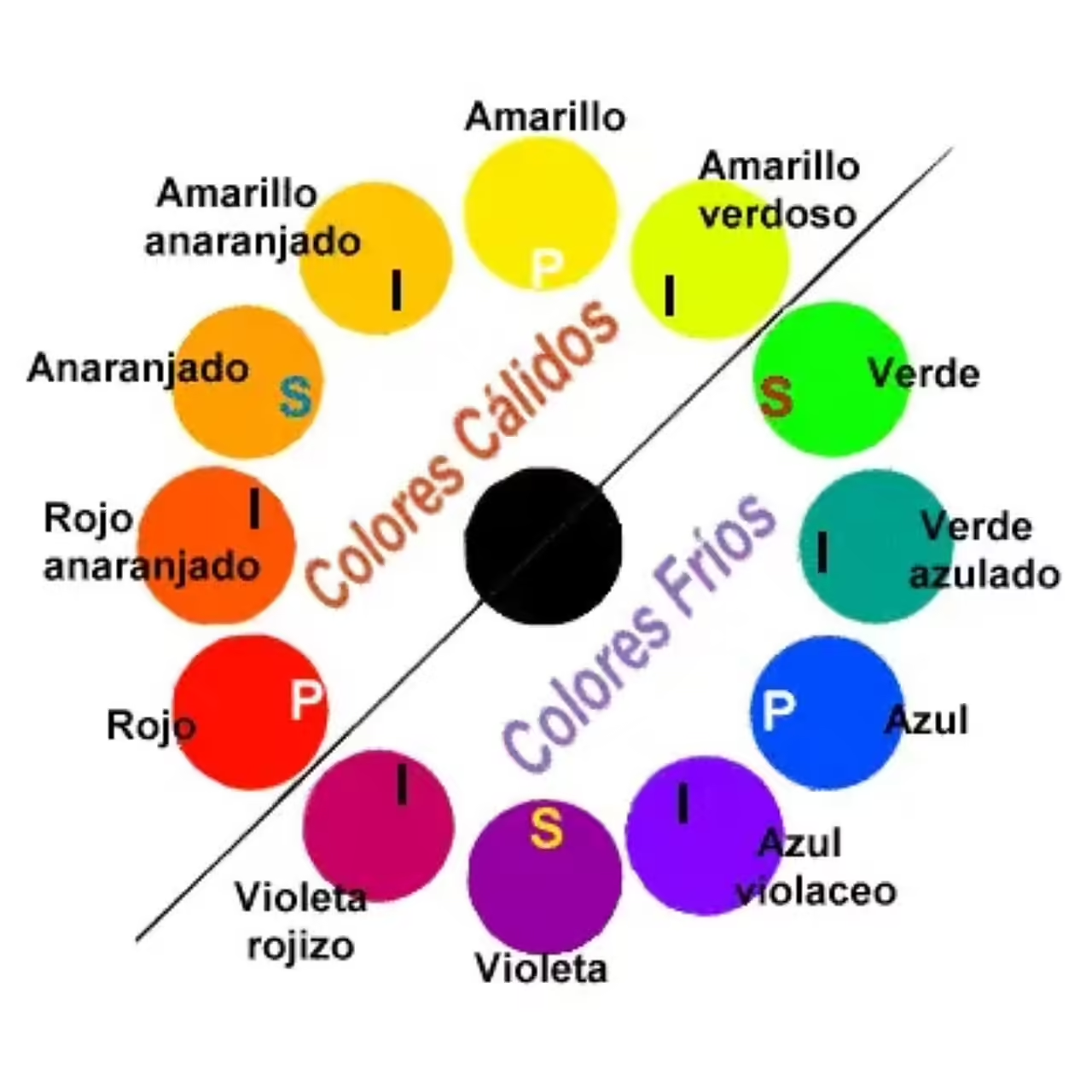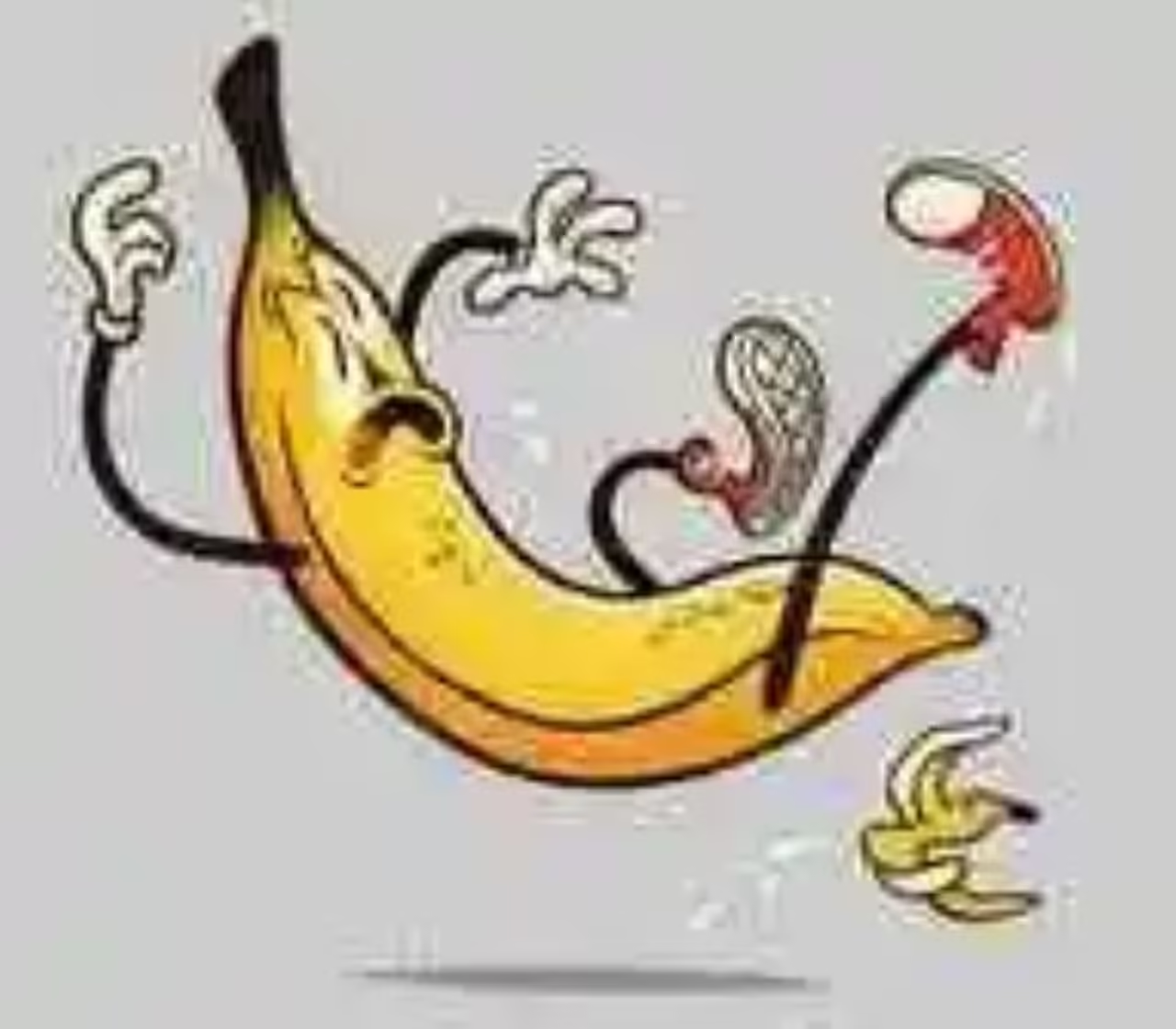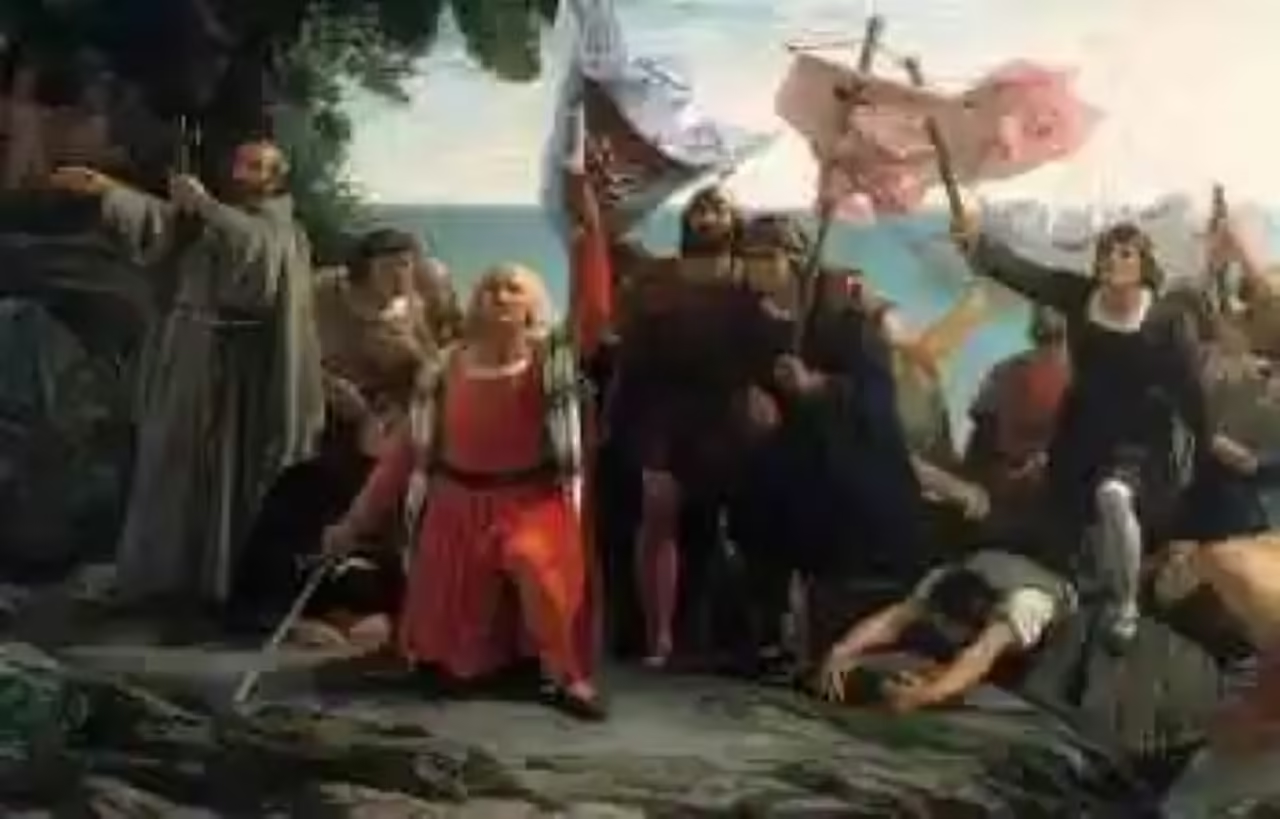Galileo has been called as the Father of Astronomy and also as the revolutionary of the scientific method, because he introduced the experimental methodology. Apart from being a genius in Physics and Astronomy, Galileo is highlighted as the leader of a new science mentality.
His postulates of the Universe
Galileo entertained himself all the time relentlessly, observing and analyzing the Universe. He managed to discover the galaxy; he listed the stars that make up the constellation of Orion and proves that the stars we easily observe from Earth are actually clusters of several stars. As if that weren’t enough, he detailed Saturn’s rings and sunspots.
It kept analyzing the spheres of the Solar System; for example, he remarked four small stars that revolved around Jupiter. In fact, these are four moons called Galileans and they are:“O, Europe, Gamínedes” and Calixto. At first he called them “starves.”
In 1610, he managed to describe the phases of the planet Venus, the most visible from Earth. The following year, the Vatican’s most studious clergy, who are the Jesuits, admitted that all of Galileo’s postulates were accurate, although they dared not admit it in public, because of the inquisition that prevailed at that time. In any way, Galileo was attacked by the Catholic Church and threatened with death.
Beecalled Aristotle
Many blunt scientific findings led the Florentine genius to corroborate Aristotle’s astronomical mistakes.
With his discoveries about the “Titan of the Heavens”, the great Jupiter with his moons, he sought to show that the theory of crystal orbits postulated by the philosopher Aristotle, was false and that the stars did not revolve around the Earth, but also corrected that it did not everyone revolves around the Sun.
Another anti-Aristotelian aspect was in the area of physics, as to the fall of the bodies. For his part, the Greek philosopher said that the “acceleration of the free fall of objects was directly proportional to their weight”. But Galileo discovered that in the void, conditions change and all bodies fall at the same speed. This was verified by sliding some spheres on a smooth surface of inclined planes at a different angle and compared the results to the same pitches made in the Tower of Pisa, verifying that it was the same, unlike what was believed during a long time.
That tower inspired his scientific findings. Also, while contemplating the oscillating motion of a lamp hanging in that tower, he became aware of the laws of the accelerated pendular motion.
He made very clear the supremacy of his knowledge of the Universe, especially with his demonstrations and speeches on two new sciences of mechanics: Dynamics and Resistance, synthesized in a work entitled ‘Discorsi e dimostrazioni intorno a due nuove scienze attinenti la meccanica’, which he wrote in the company of his pupil Torricelli.
His astronomical postulates
At the beginning of the seventeenth century, he obtained the refinement of a device called “the catalejo”, which worked based on an optical lens. The new artifact was called a telescope and has sixty more magnifications.
With that object, the Florentine genius was able to discover many details of the Universe in which we live. He was only interested in finding out where we were born and why. He denied not only Aristotle but all official science. For example, he was able to make it clear that the solid base of the moon was not glass, but earth forming mountains and craters.
Thanks to his discovery on the sunspots, he was able to see the period of rotation and the direction of the axis of the Astro King. One fact that marked his story was when the great Catholic hierarchicals, hiding in the inquisitor laws, forced Galileo to retract from claiming that the Earth moves and that it revolves around the Sun.
On that occasion he almost lost his life because he was a revolutionary and very wise man, in the style of Socrates, who did die for not retracting. Galileo was smarter and used language to save himself. When he was forced to say otherwise, he replied to the audience, “OK, I retract. But what it moves, it moves.” He was asked to say he was retracting and that’s what he did.
For many, Galileo Galilei is a symbol of revolution in scientific dogmas and an inspiration to those scholars of phenomena. He was the one who led the way out of Middle-ages thinking to a time of rebirth, where they no longer believed in theories like that because yes, with a blind and indoctrinated faith, but each phenomenon must be observed analytically, and then postulate the different theories and Hypothesis. Finally, by gathering as much data as possible, conclude the results.
If you liked this article, share it and let us know your opinion on the subject. It’s important for us to know what you think.








